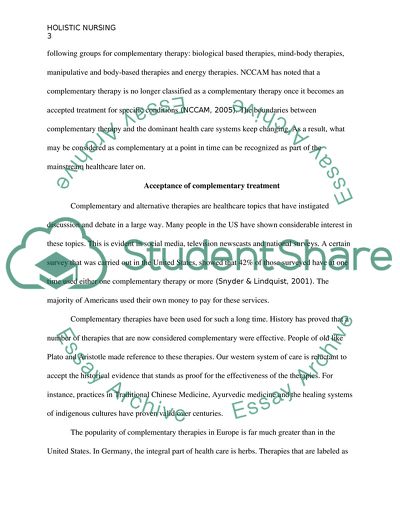Cite this document
(“Holistic Nursing Research Paper Example | Topics and Well Written Essays - 1500 words”, n.d.)
Holistic Nursing Research Paper Example | Topics and Well Written Essays - 1500 words. Retrieved from https://studentshare.org/nursing/1667867-holistic-nursing
Holistic Nursing Research Paper Example | Topics and Well Written Essays - 1500 words. Retrieved from https://studentshare.org/nursing/1667867-holistic-nursing
(Holistic Nursing Research Paper Example | Topics and Well Written Essays - 1500 Words)
Holistic Nursing Research Paper Example | Topics and Well Written Essays - 1500 Words. https://studentshare.org/nursing/1667867-holistic-nursing.
Holistic Nursing Research Paper Example | Topics and Well Written Essays - 1500 Words. https://studentshare.org/nursing/1667867-holistic-nursing.
“Holistic Nursing Research Paper Example | Topics and Well Written Essays - 1500 Words”, n.d. https://studentshare.org/nursing/1667867-holistic-nursing.


